12 Different Types Of Salt For Cooking and When To Use Them
While cooking, you will come across a variety of types of salt. Each has its own unique flavor and texture. Certain salts make more sense when you’re preparing a meal for a large group of friends. Others are good for cooking a family meal. No matter what you’re cooking, it’s helpful to know the most common types of salt and their uses so you can choose the best one.
A Guide to Different Types of Salt For Cooking
Salt is an essential ingredient in cooking and preserving food. It can have a major impact on the flavor and texture of your food. The following guide will help you choose the best salt for cooking that suits your meals. You’ll be able to cook like a chef at home in no time!
1. Kosher Salt
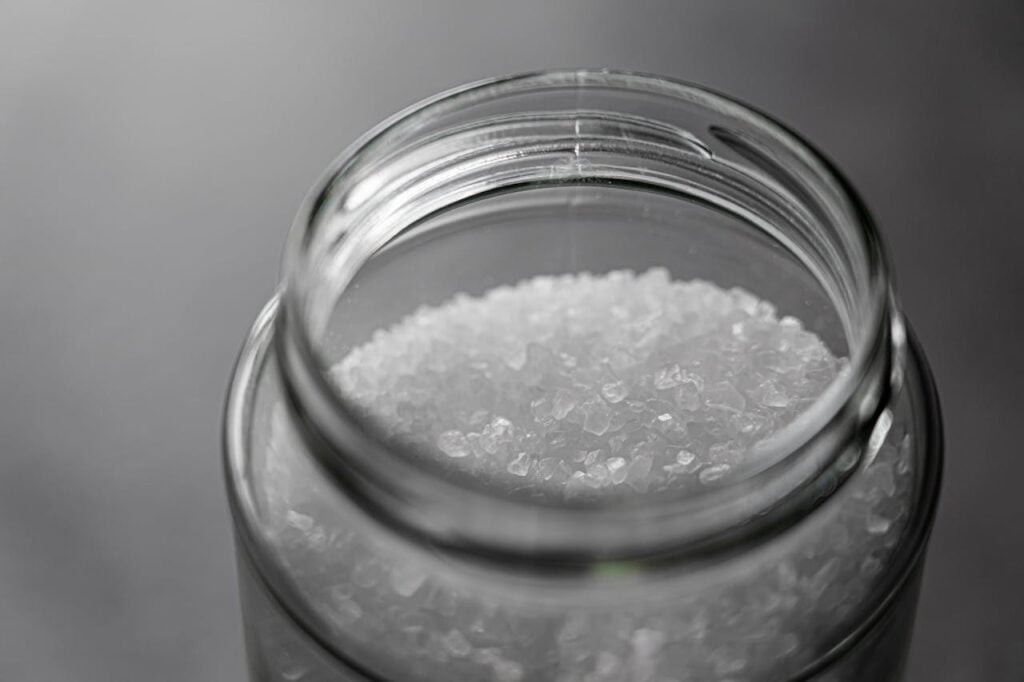
Kosher salt is a type of coarse-grained salt that is less refined. It is almost pure sodium chloride and is not ionized. Because of its large grains, kosher salt is good for seasoning:
- Meats
- Poultry
- Salad
…and more!
But please keep in mind that kosher salt is not good for baking. This salt comes from rock salt deposits. It’s harvested in many different countries around the world.
2. Table Salt
Table salt is the most common type of salt for cooking. Most people think of it as the default salt. However, table salt is a less natural variety of salt. It is processed and lacks minerals. It also contains iodine and anticaking agents. Table salt comes from mining salt deposits. In other words, it is not as rich in minerals as different types of salt for cooking. It is a great choice for seasoning, cooking, and baking.
3. Fleur De Sel
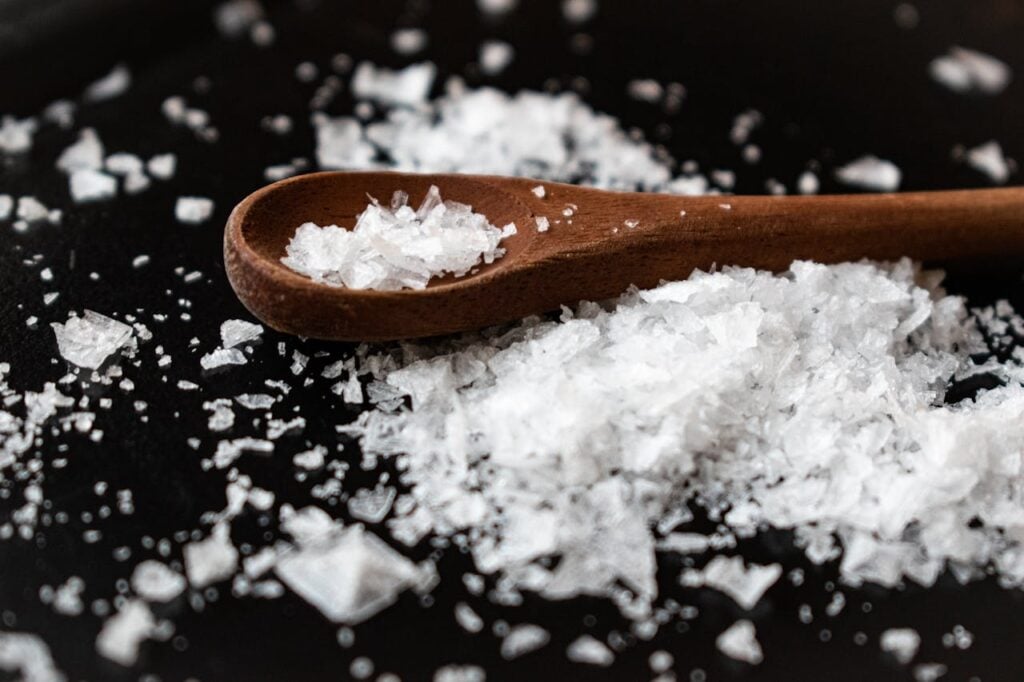
Fleur de Sel means “Flower of the Sea,” and it is one of the most precious ingredients in the world. This is because it’s made by hand, by harvesting it from the top of the salt ponds. This salt is originally from the coast of France in Brittany. You can find its replicates all over North America, though. Fleur De Sel is a great choice for “finishing” the plate right before eating it.
4. Sea Salt
Sea salt is harvested by evaporating seawater. Generally, it is less processed than table salt, and it may keep its traces of minerals. This salt is good for “finishing” or sprinkling because of its irregular flakes. It provides a good contrast to the dish you’re making.
5. Celtic Sea Salt
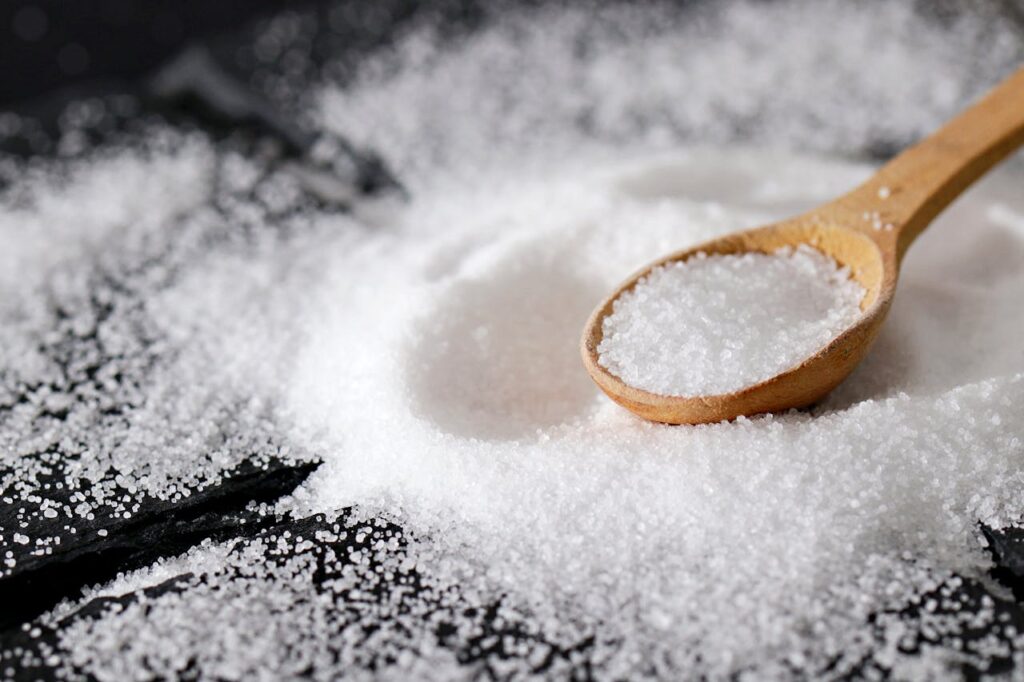
Celtic sea salt is also known as “Sel Gris” (grey salt). It’s a type of sea salt that is produced off the coast of France and cropped up from the clay found in the salt flats. The minerals and trace elements of this salt are naturally balanced. It promises some health benefits, such as lowering blood pressure. This salt has an irregular chunky texture, so it is perfect for seasoning meats and pickling.
Not sure which protein to use with this salt? You can opt for a customizable meal delivery service. This will cater to your needs and even offer recipes to inspire your choices. We recommend comparing meal delivery vs. grocery shopping to determine whether getting meals delivered is right for you.
6. Flake Salt
Flake salt is a type of salt for cooking that is a very common seasoning for many dishes. To make flake salt, the salter grinds salt crystals into smaller pieces and then it is flaked. This process can be very simple or very complex, depending on the manufacturer. You can use this salt in a variety of ways, including koshering meat or adding crunchiness to food.
7. Pink Salt
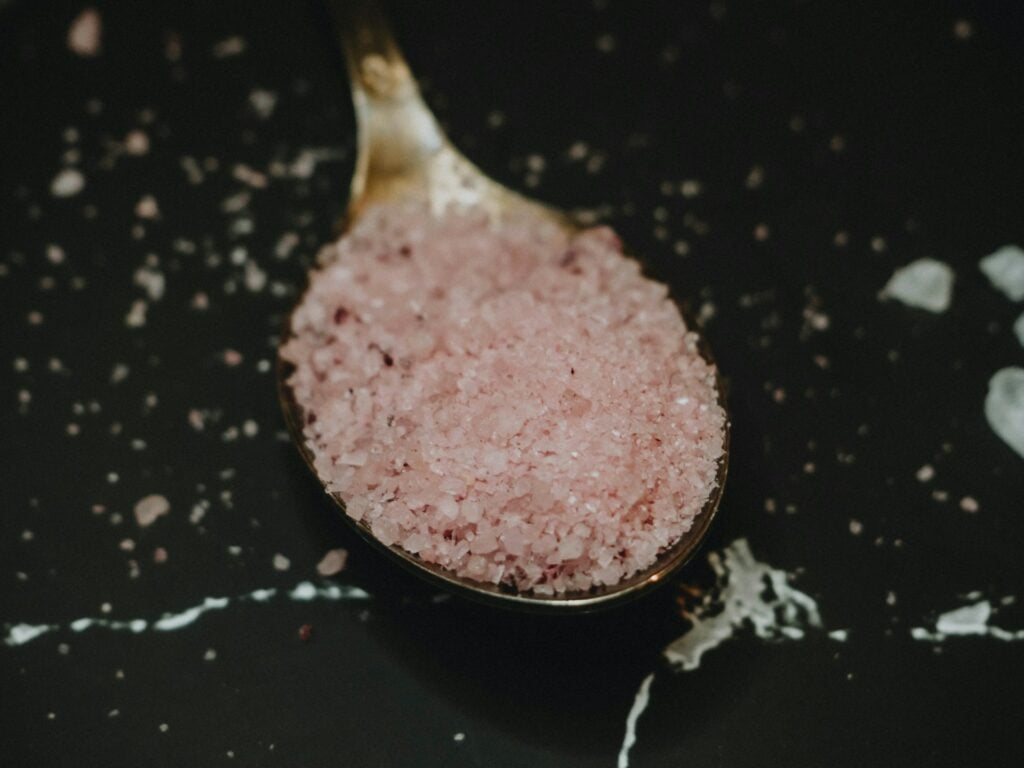
Pink salt comes from rock crystals of salt that are extracted from areas close to the Himalayas. It is composed mainly of sodium and other trace elements, including iron and zinc. Additionally, pink salt can be a valuable addition to any meal kit. It provides greater appeal due to its pink color and a saltier taste compared to table salt.
This salt is great for any recipe that calls for a small amount of salt. You can use it in sauces, marinades, or as a decorative addition. Due to its specific characteristics and ease of use, it is considered one of the best salts for cooking.
8. Red Salt
Red salt or “Alaea salt” is a Hawaiian salt that is made from ground red volcanic clay from the island of Hawaii. It is constituted of over 80 minerals and is rich in iron oxide.
It has a mild saltiness and a delicate flavor. It’s a great choice for seasoning and preserving meats and fish. This salt is great for adding a bit of color to dishes. Pair it with a white-colored dish and with other must-have spices in your pantry. It is also a great flavoring ingredient, and it is awesome for sautéing and roasting.
9. Black Salt
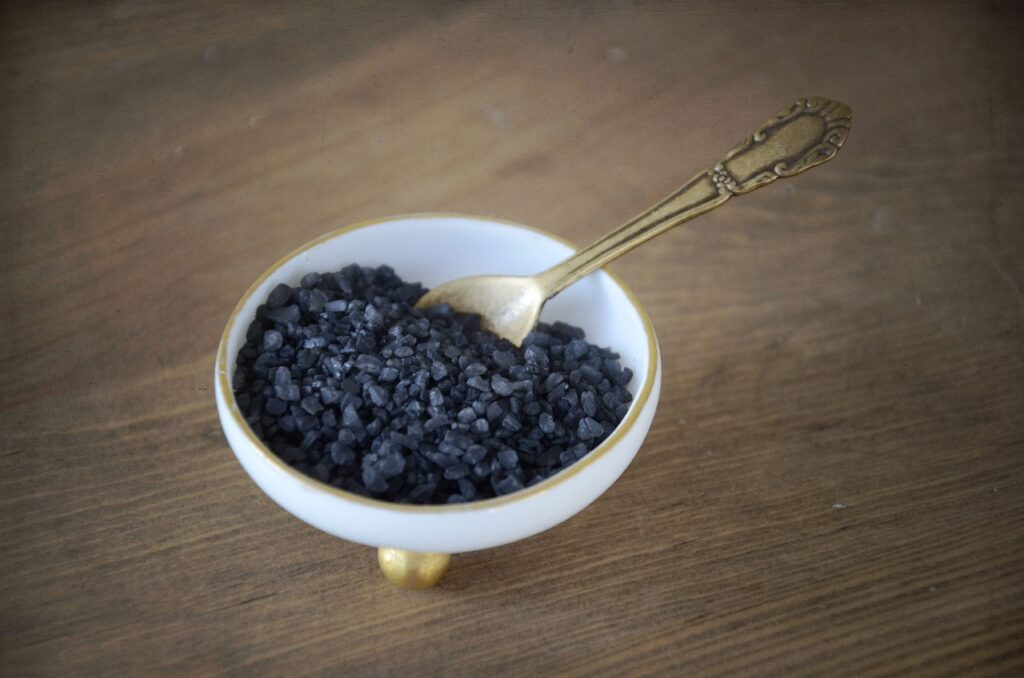
Black salt is also referred to as Kala Namak salt. This is a type of rock salt that comes from volcanic rock from the Himalayas, usually Pakistan. This salt is rich in iron, magnesium, and calcium, as well as a few other trace elements.
Black salt has a very pungent odor and flavor and is therefore used in small quantities. This salt is a great flavor enhancer. It’s best used in dishes that have a strong flavor and aroma, such as curry, spicy dishes, pickles, and salads.
10. Black Lava Salt
Black lava salt is harvested in Hawaii and Cyprus. It is then inundated with activated charcoal from lava found in regions that give the salt its dark hue. The charcoal acts as a great body cleanser and improves digestion. You can use black lava salt for both flavoring and decoration. It’s wonderful for sprinkling over food!
11. Brining Salts
Brining salts add a distinct flavor to foods in combination with water. They allow you to retain more moisture and tenderize the meat. Brining is a culinary process that enhances the flavor and tenderness of food. It’s a cooking hack that saves time in the kitchen so you can spend more time enjoying your meal! Good examples of different types of salt for brining are kosher salt, sea salt, and pink salt.
12. Flavored Salts
Flavored salts are a combination of flaky salt and a dry spice or herb. They’re designed to enhance the flavor of a dish. They are very convenient when you want to add a bit of flavor to a recipe. You can use them to season meat, poultry, fish, and vegetables.
Answering Your Salt FAQs
Curious about salt? Let’s explore some of the most common questions about this ingredient.
Q: What is the Best Salt for Cooking Everyday Meals?
We recommend Kosher salt due to its versatility and moderate flavor. It’s coarse enough to control easily when seasoning by hand. It dissolves well, making it perfect for a variety of dishes.
Q: Can I Substitute Different Types of Salt in Recipes?
A: Yes! But it’s important to be mindful of the texture and flavor differences. For example, fine table salt is much denser than coarse sea salt. You’ll need to use less table salt if substituting for sea salt.
Q: How Should I Store Different Types of Salt?
A: Most salts should be stored in a cool, dry place away from moisture. This prevents clumping—a.k.a. a culinary nightmare! Specialty salts like Fleur de Sel are best kept in airtight containers to maintain their moisture and texture. Storing salts properly ensures they retain their unique characteristics and are ready for use whenever needed.
Find The Best Type of Salt For Cooking
As you can see, each type of salt has its own unique texture and flavor profile. While salt is generally safe to use, you should be aware of the best types of salt for cooking. Also, consider how they affect the taste of the food.
Whether you’re cooking for one or for many, know your salts! Understanding how to use the best salt for each recipe is one way to make stress-free chef-quality meals.
Looking to spice up your Gobble recipes? Don’t forget to experiment with different types of salt and their uses for cooking.




